The Field of Play and Its Dimensions
The field of play is the area where the game of soccer is played. It is usually rectangular and can range in size depending on the level of play. The field of play must be marked off with lines to indicate boundaries, and a center circle must be marked off in the middle of the field. The field must also have two goals, one at each end of the field. The dimensions of the field vary depending on the age of the players and the level of the game. For instance, a regulation-size field for adult players is typically 110 yards long by 70 yards wide, while a youth field can be as small as 50 yards by 30 yards.
The field of play is divided into two halves by a halfway line, and each team is assigned one half of the field. The halves are further divided into four quarters by two-quarter lines, and the center circle is situated in the middle of the field. The field also features penalty areas, where a penalty kick is taken if a player commits a foul inside the penalty area. The goal area is a semicircular area that surrounds the goalposts and is used for taking goal kicks and corner kicks.
The Ball and Its Rules
The ball is the most important piece of equipment in the game of soccer. It must be spherical, and it must be made of leather or an approved synthetic material. The ball must also be of an approved size and weight, and it must be inflated to the correct pressure. The rules of soccer also state that the ball must be replaced with a new one if it becomes damaged or deflated during the game.
The ball must be in constant motion during the game. It cannot be stopped or held by any player, and it must not be kicked, thrown, or carried out of the field of play. The ball can be passed around using any part of the body except for the hands and arms. If a player deliberately handles the ball, then a free kick is awarded to the opposing team.
The Players and Their Positions
In soccer, each team is composed of 11 players, including a goalkeeper. The players are divided into four primary positions: forwards, midfielders, defenders, and goalkeepers.
Forwards are the offensive players who are responsible for scoring goals. They usually play nearest to the opponents' goal and are often the fastest players on the field.
Midfielders are the players who link the defense and the offense. They are responsible for controlling the flow of the game and distributing the ball to the forwards.
Defenders are the players who play closest to the team's own goal. Their primary responsibility is to stop the opponents from scoring goals.
Goalkeepers are the players who guard the goal and are responsible for stopping the ball from entering the goal.
The Duration of the Game
The duration of a soccer game is 90 minutes, divided into two halves of 45 minutes each. The time is kept by the referee, who can add extra time at the end of each half for stoppages or delays in play. At the end of the 90 minutes, the team with the most goals is declared the winner. If the scores are tied, then a penalty shootout may be used to determine the winner.
The Start of the Game and Kick-Off
The game begins with a kick-off, which is taken by one team at the center circle. The ball must be stationary on the center spot, and the players must be in their half of the field. At least two players from the team taking the kick-off must be in their half of the field. The opposing team must be at least 10 yards away from the ball.
The ball is in play once it is kicked and moves forward. The player who takes the kick-off cannot touch the ball again until it has been touched by another player. The team that takes the kick-off cannot score a goal from the kick-off.
The Offside Rule
The offside rule is one of the most important rules in soccer. It states that a player is in an offside position if he is nearer to the opponent's goal line than both the ball and the second-last opponent. A player in an offside position cannot receive the ball from a teammate, and if he does, then a free kick is awarded to the opposing team.
The offside rule does not apply to goalkeepers, and it also does not apply when a player receives the ball directly from a goal kick, corner kick, or throw-in. Additionally, a player must be in an offside position for the rule to be applied, so if a player is a level with the second-last opponent, then he is not deemed to be in an offside position.
Fouls and Misconduct
Soccer is a contact sport, and fouls and misconduct occur when a player violates the rules of the game. Fouls can range from minor to serious offenses, and the referee has the power to issue yellow and red cards depending on the severity of the foul. A yellow card is a warning, and it results in the player being suspended for the rest of the game. A red card is a serious offense, and it results in the player being sent off for the remainder of the game.
Misconduct is a more serious offense than fouls, and it includes verbal abuse, dissent, and violent behavior. If a player commits a serious offense or accumulates five yellow cards within a season, then he may be suspended for several games.
Free Kicks
A free kick is a play that is awarded to the opposing team after a player has committed a foul or misconduct. The ball is placed on the spot where the foul occurred, and the opposing team can take the kick without any interference from the team that committed the foul. The team taking the kick can score a goal directly from the kick if they can get the ball into the goal.
Penalty Kicks
A penalty kick is a play that is awarded to the opposing team if a player commits a foul or misconduct inside the penalty area. The penalty spot is 12 yards from the goal, and the ball must be placed on the spot. The opposing team can score a goal directly from the penalty kick, and the goalkeeper must remain on the goal line until the kick is taken. The player taking the penalty kick must be the same player who was fouled.
The Ball in and Out of Play
The ball is considered to be in play at all times, except for when it has completely crossed the sidelines or the goal line. If the ball goes over the sidelines, then a throw-in is awarded to the team whose opponents last touched the ball. If the ball goes over the goal line, then a goal kick or corner kick is awarded, depending on which team last touched the ball.
The Goal Kick
A goal kick is awarded to the defending team if the attacking team last touches the ball before it crosses the goal line. The ball must be placed inside the goal area, and the defending team can take the kick from anywhere inside the goal area. The ball is in play once it has moved out of the goal area.
The Corner Kick
A corner kick is awarded to the attacking team if the defending team last touches the ball before it crosses the goal line. The ball must be placed inside the corner arc, which is located at the corner of the field. The attacking team can take the kick without any interference from the defending team, and they may score a goal directly from the kick.
Throw-Ins
A throw-in is awarded to the team whose opponents last touched the ball before it crossed the sidelines. The ball must be thrown in from the spot where it crossed the sidelines, and the player must use both hands to throw the ball. The player must also have both feet on the ground when throwing the ball. The ball is in play once it has been thrown in and has moved forward.
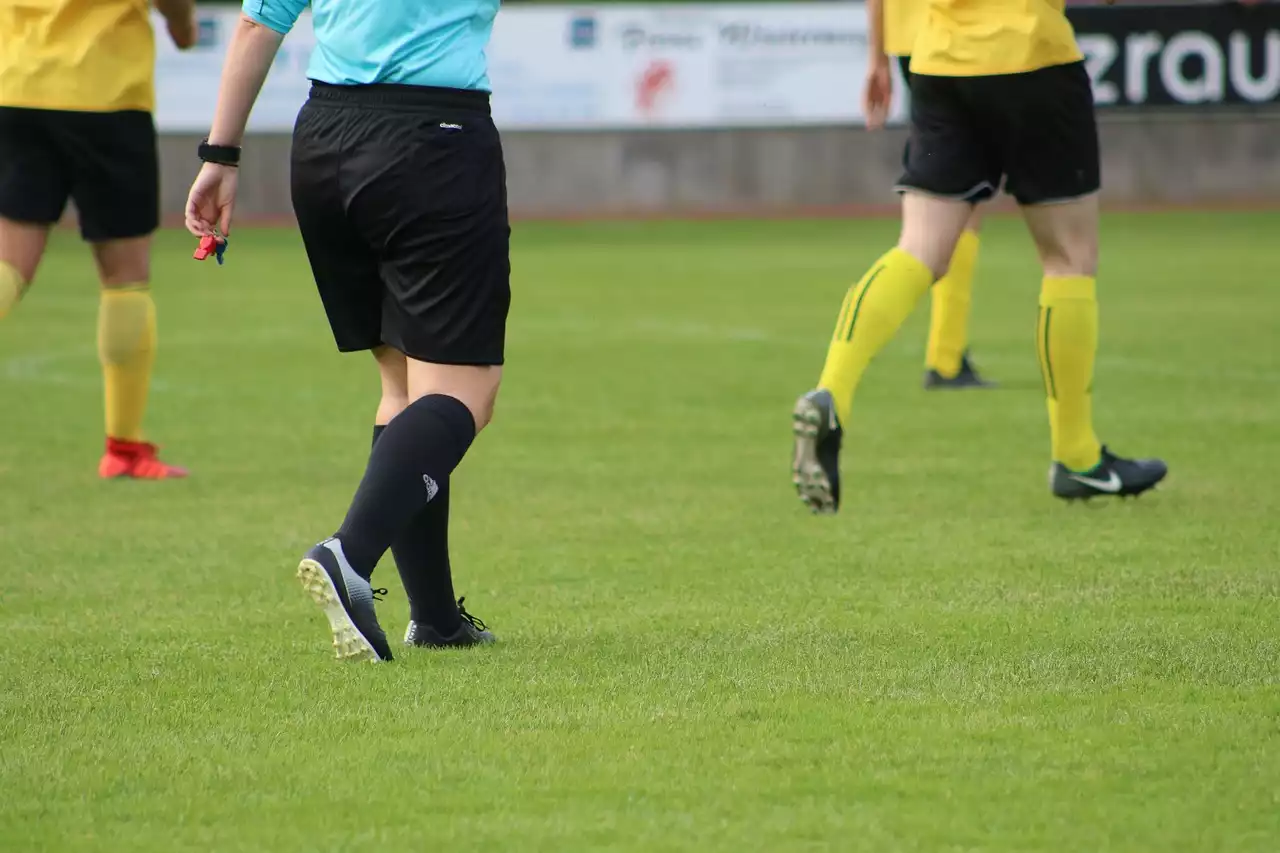
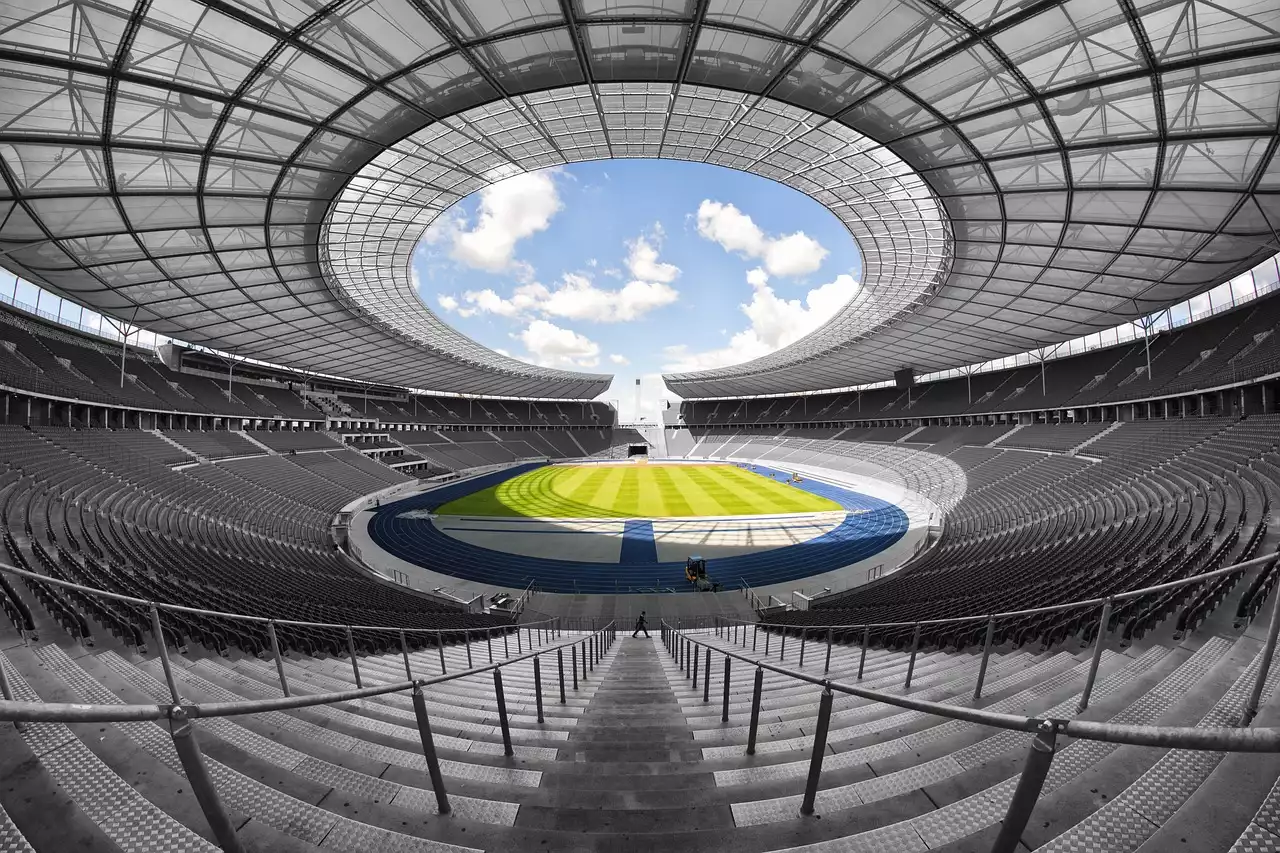

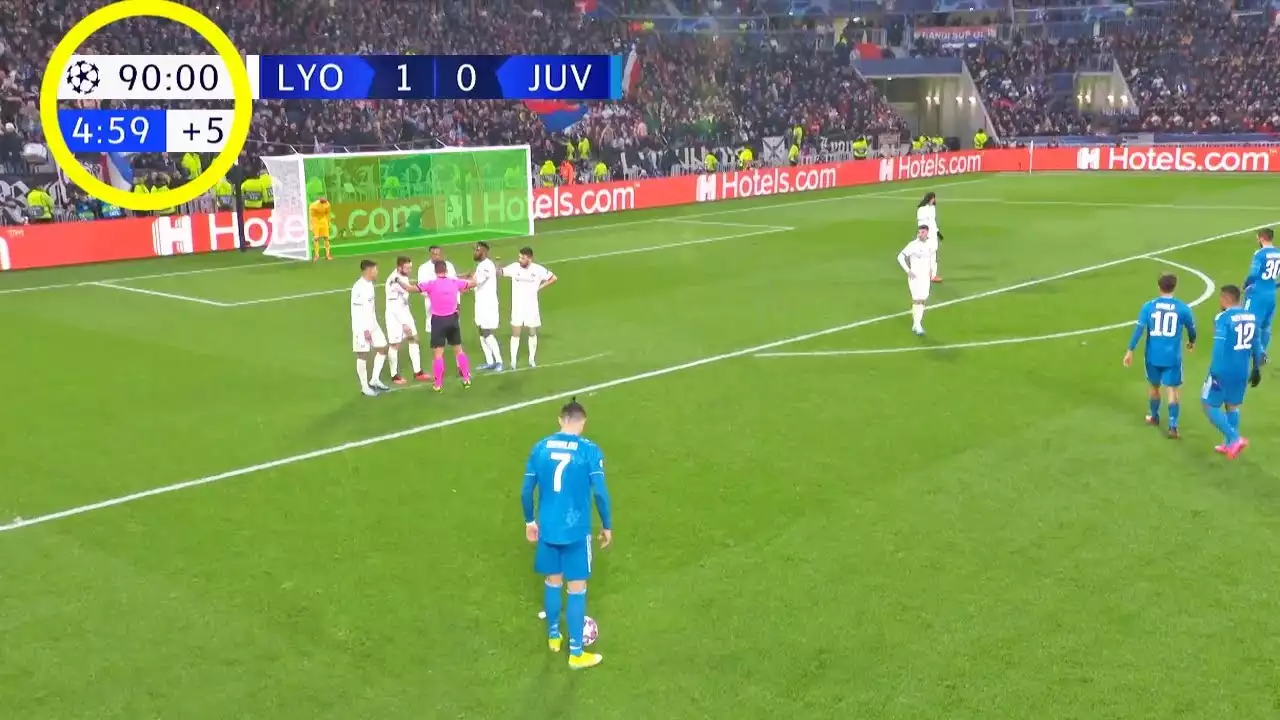
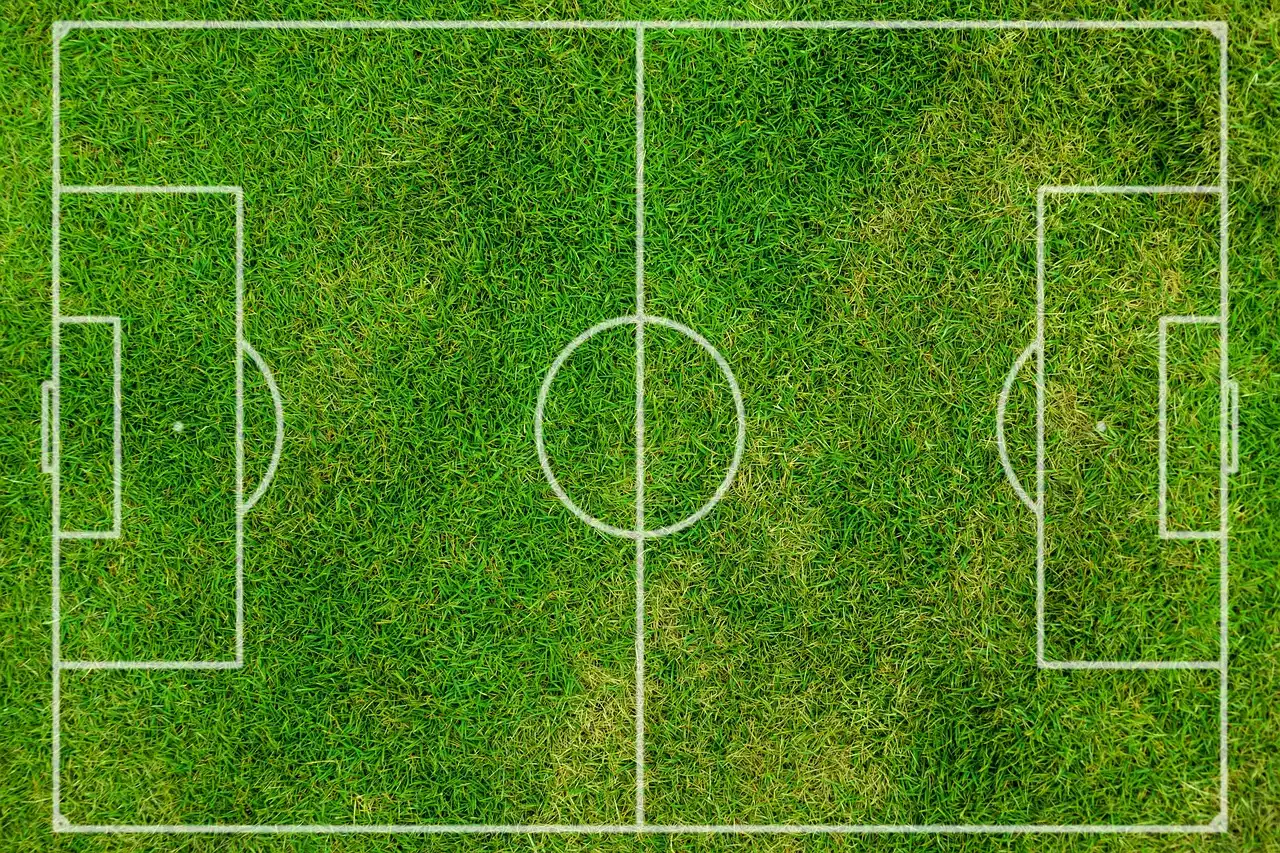
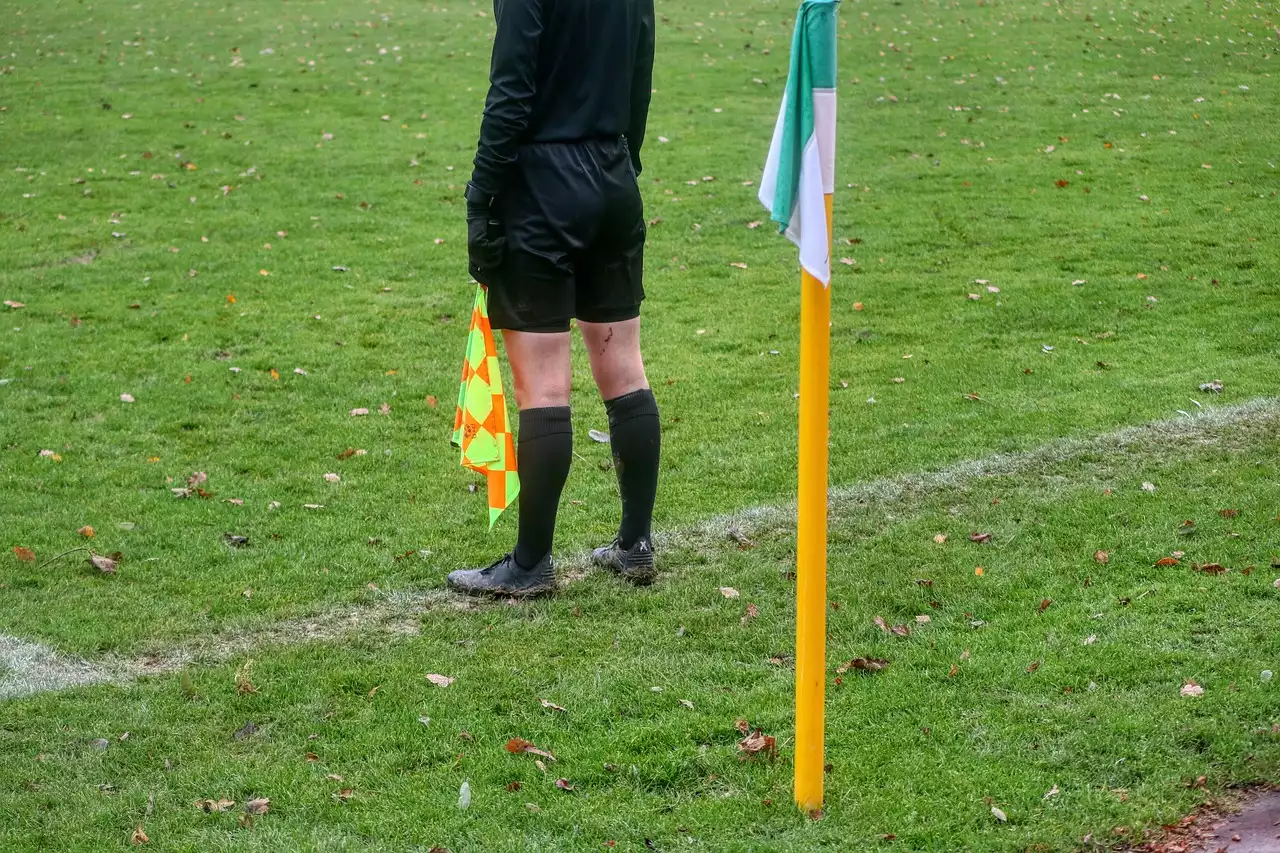
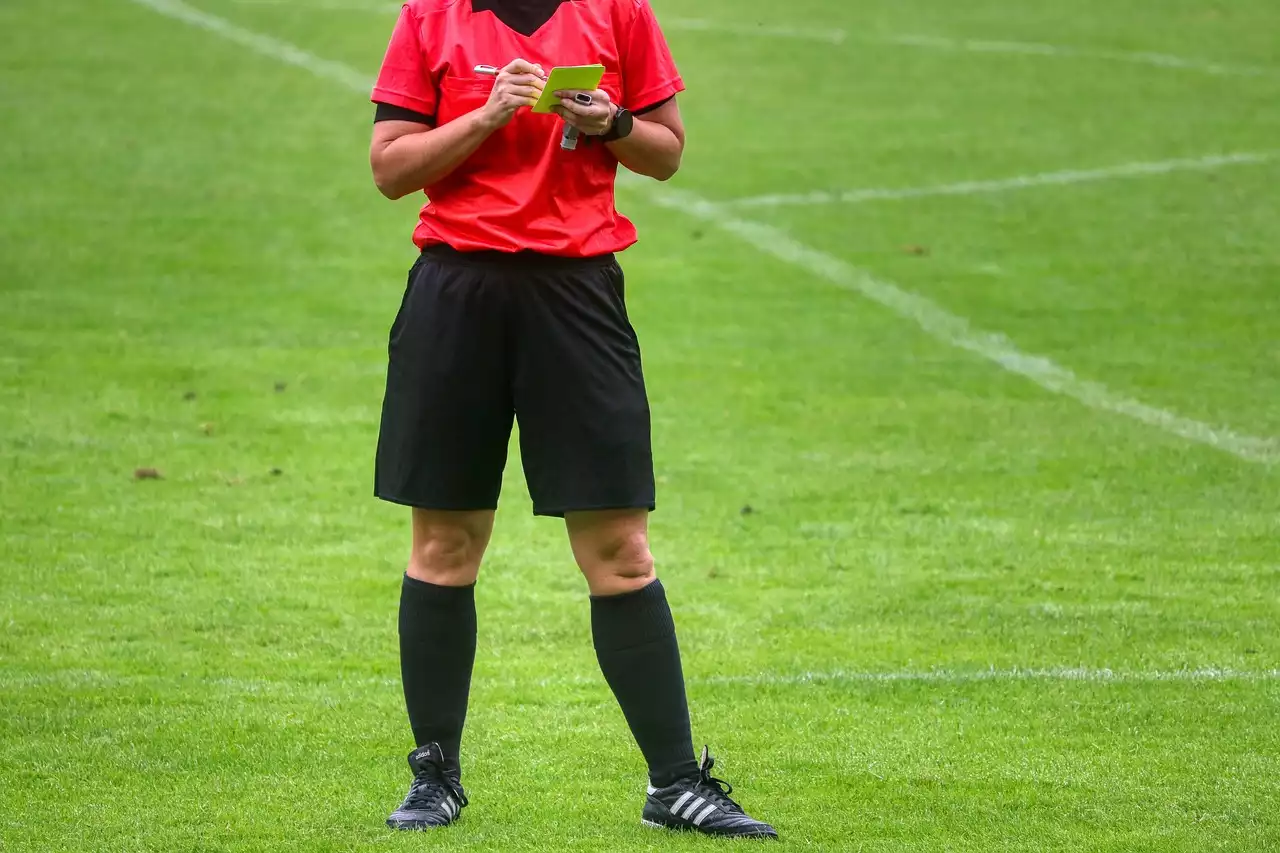
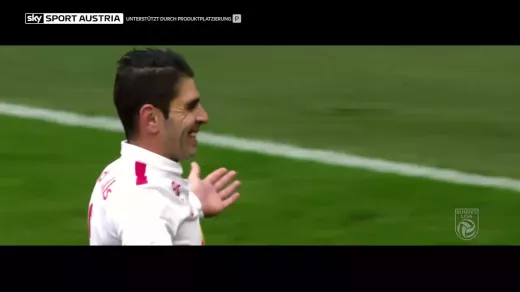

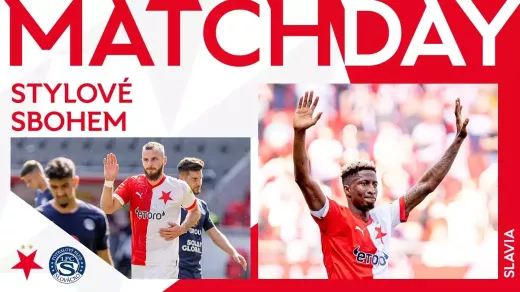


.png?size=50)